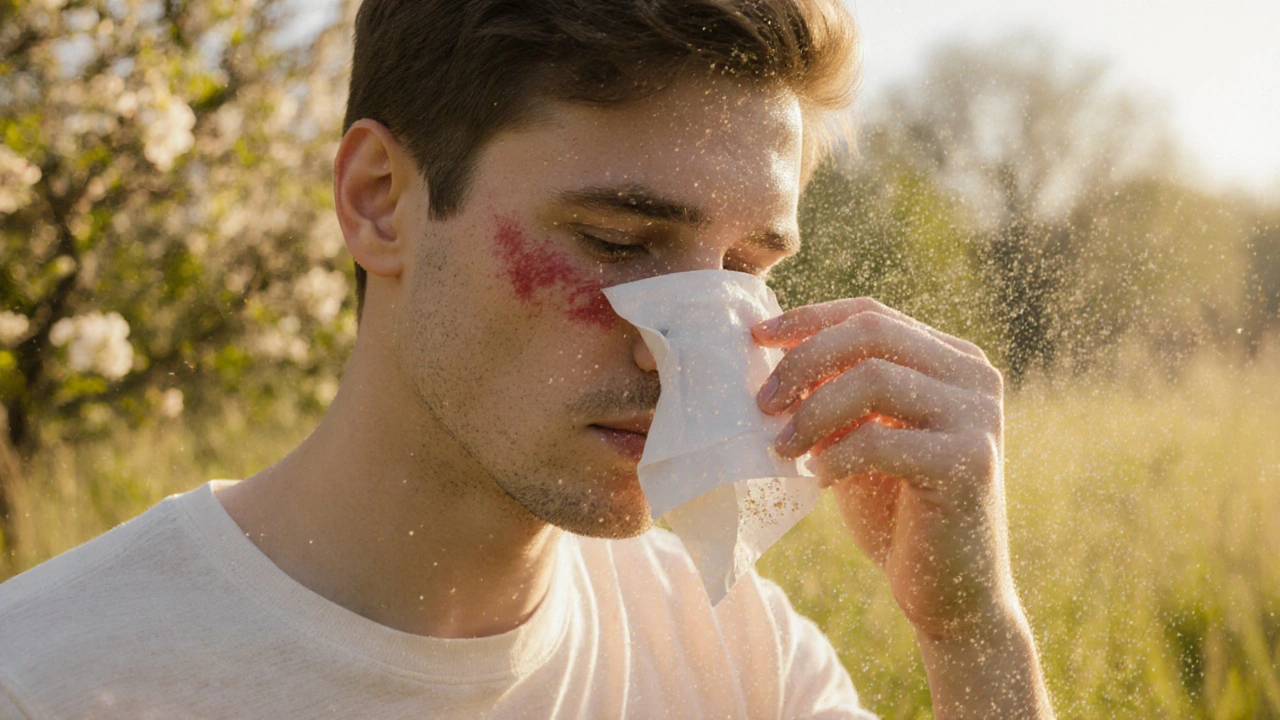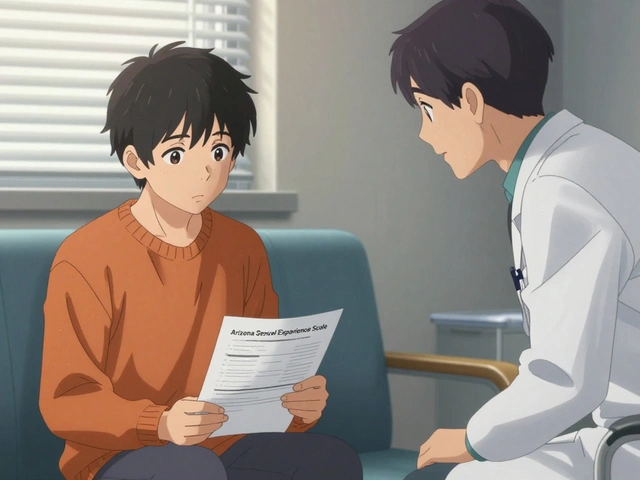Seasonal Allergies: What Triggers Them and How to Find Relief
When dealing with seasonal allergies, an allergic reaction that occurs at certain times of the year, typically when pollen or mold spores are abundant. Also known as hay fever, it brings sneezing, itchy eyes, and a runny nose that can ruin outdoor plans. Seasonal allergies are a type of allergic rhinitis, meaning the nasal lining inflames in response to an allergen. The most common trigger is pollen, microscopic grains released by trees, grasses, and weeds that provoke immune responses in sensitive people. When pollen lands on the nasal passages, the body releases histamine, which causes the classic symptoms of sneezing, congestion, and watery eyes. Children and adults with a family history of allergies are especially prone, but anyone can develop new sensitivities as they age. Beyond the discomfort, untreated seasonal allergies can lead to sinus infections, sleep disturbances, and reduced productivity at work or school. Understanding that seasonal allergies encompass allergic rhinitis helps you recognize the condition early and seek the right care.
Key Players in Managing Seasonal Allergies
The cornerstone of relief is antihistamines, drugs that block histamine receptors to reduce sneezing, itching, and watery eyes. Over‑the‑counter options like cetirizine or loratadine work for most people, while prescription‑strength formulas may be needed for severe cases. Knowing which antihistamine suits your symptoms often starts with allergy testing, procedures such as skin prick or blood tests that identify specific allergens. Test results pinpoint whether pollen, mold, or another airborne particle is the main trigger, allowing you to choose the most effective medication or consider long‑term solutions like immunotherapy. Immunotherapy, sometimes called allergy shots or sublingual tablets, gradually desensitizes the immune system to the offending pollen, reducing the need for daily medication. In addition to meds, practical steps—keeping windows closed during high‑pollen days, using HEPA filters, and showering after outdoor activities—can lower exposure and ease symptoms. Together, these strategies create a layered defense: awareness of the trigger, targeted medication, and environmental control.
Our site hosts a range of medication guides that can help you navigate the buying process, verify pharmacy safety, and understand side‑effects—whether you’re looking for cheap generic antihistamines, learning about steroid nasal sprays, or comparing different allergy‑relief products. By reading those articles, you’ll gain confidence in selecting the right drug, spotting reputable online pharmacies, and managing costs without compromising safety. With the right knowledge and tools, you can keep seasonal allergies from controlling your life and enjoy the outdoors when the weather is just right. Below you’ll find the curated collection of posts that dive deeper into these topics, giving you actionable insights and trusted resources.

Seasonal Allergies and Their Effect on Allergic Conjunctivitis Rates
Explore how seasonal pollen spikes raise allergic conjunctivitis rates, learn to diagnose, treat and prevent eye allergy flare‑ups, and see practical tips for patients and clinicians.
Continue Reading



